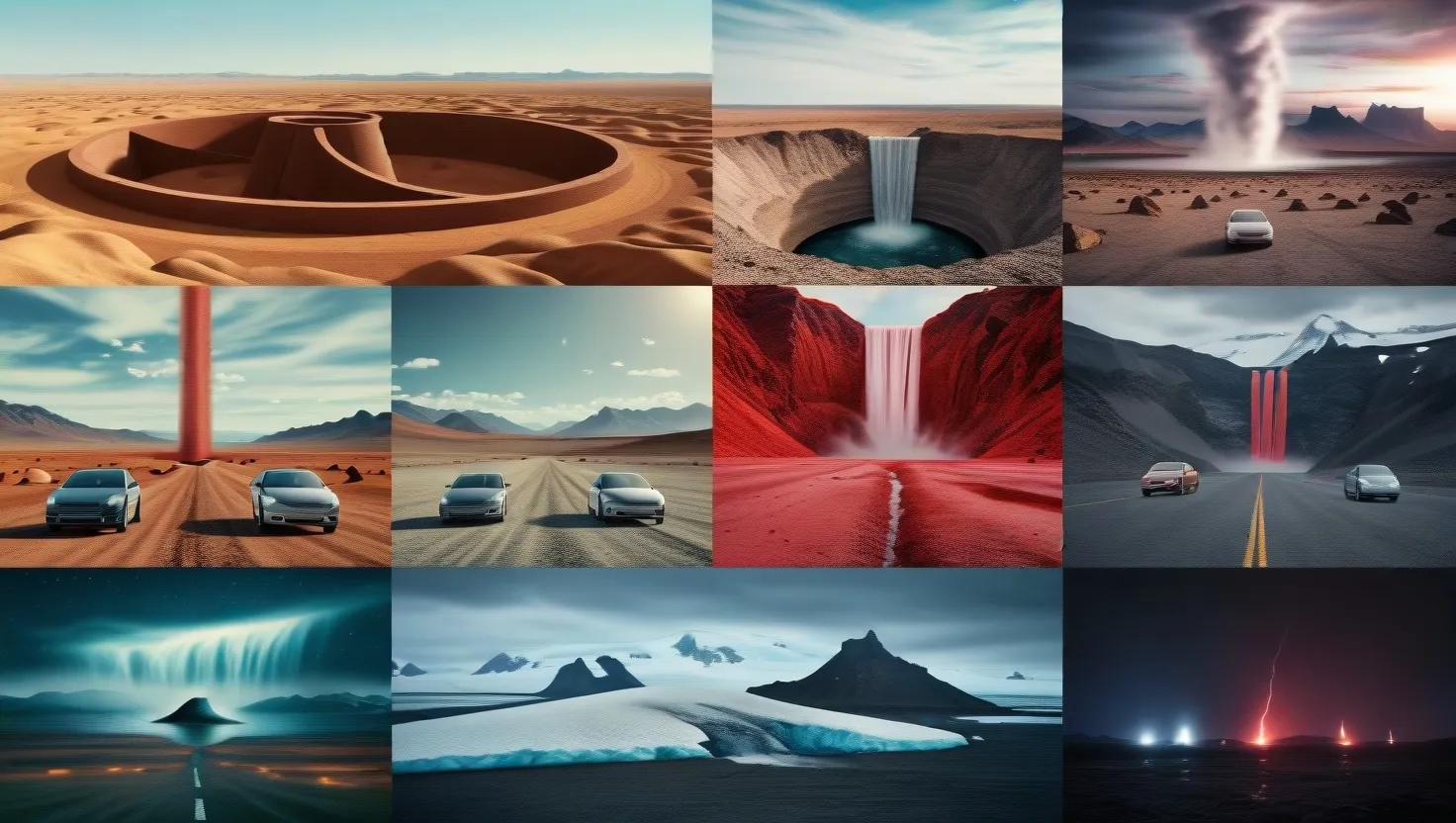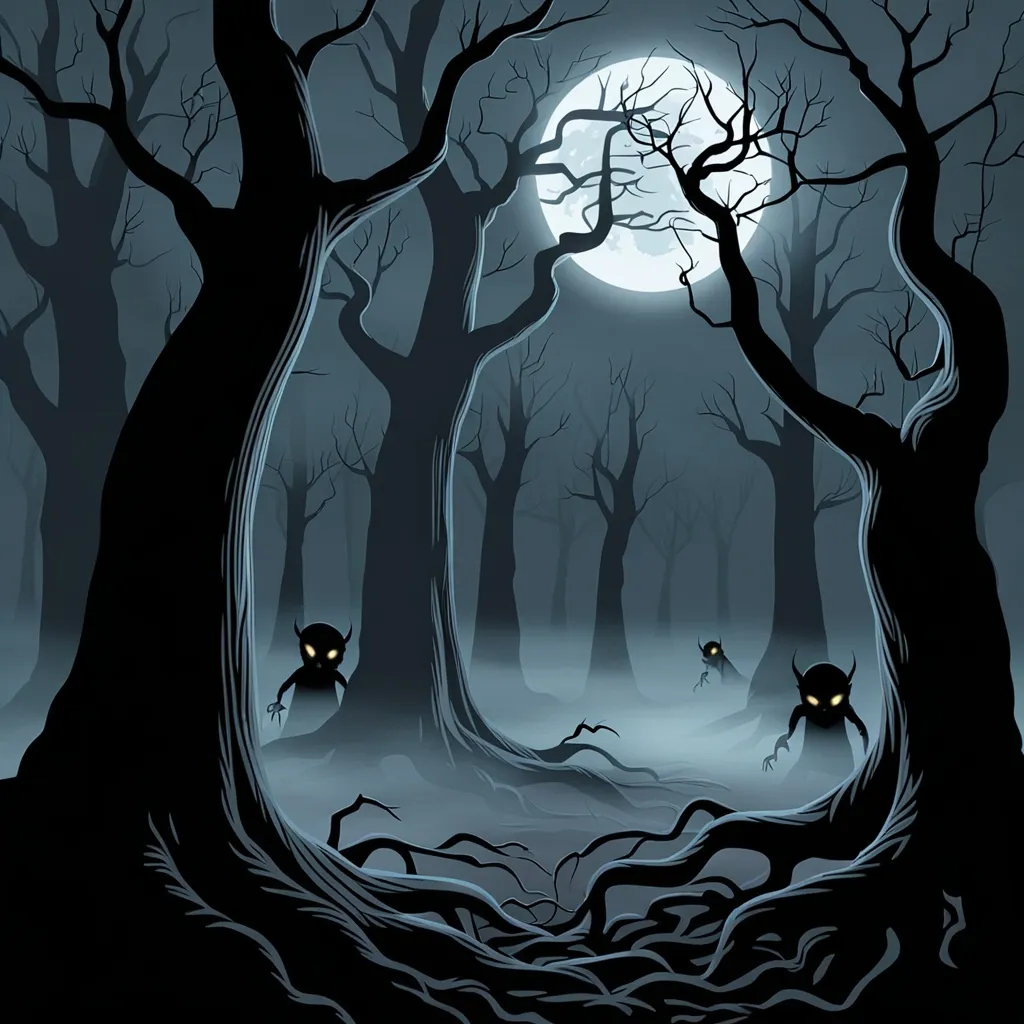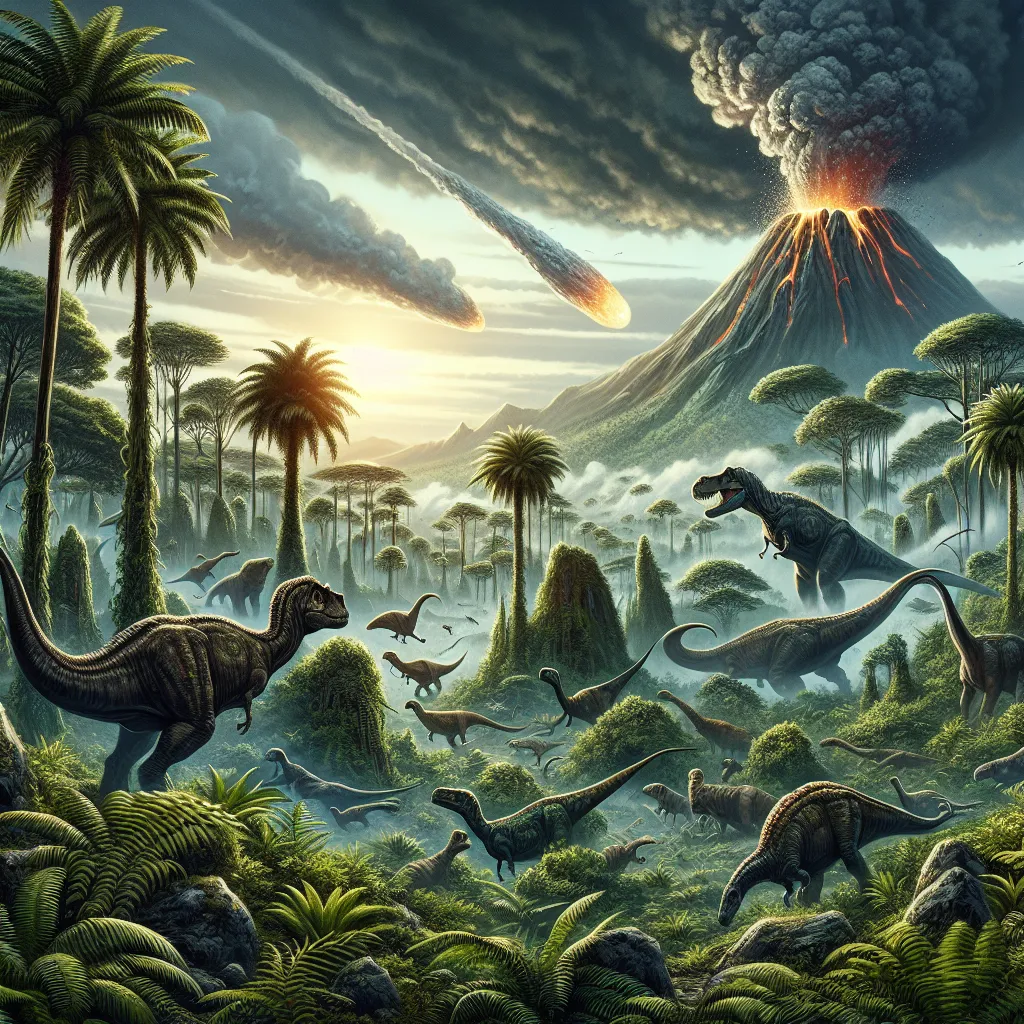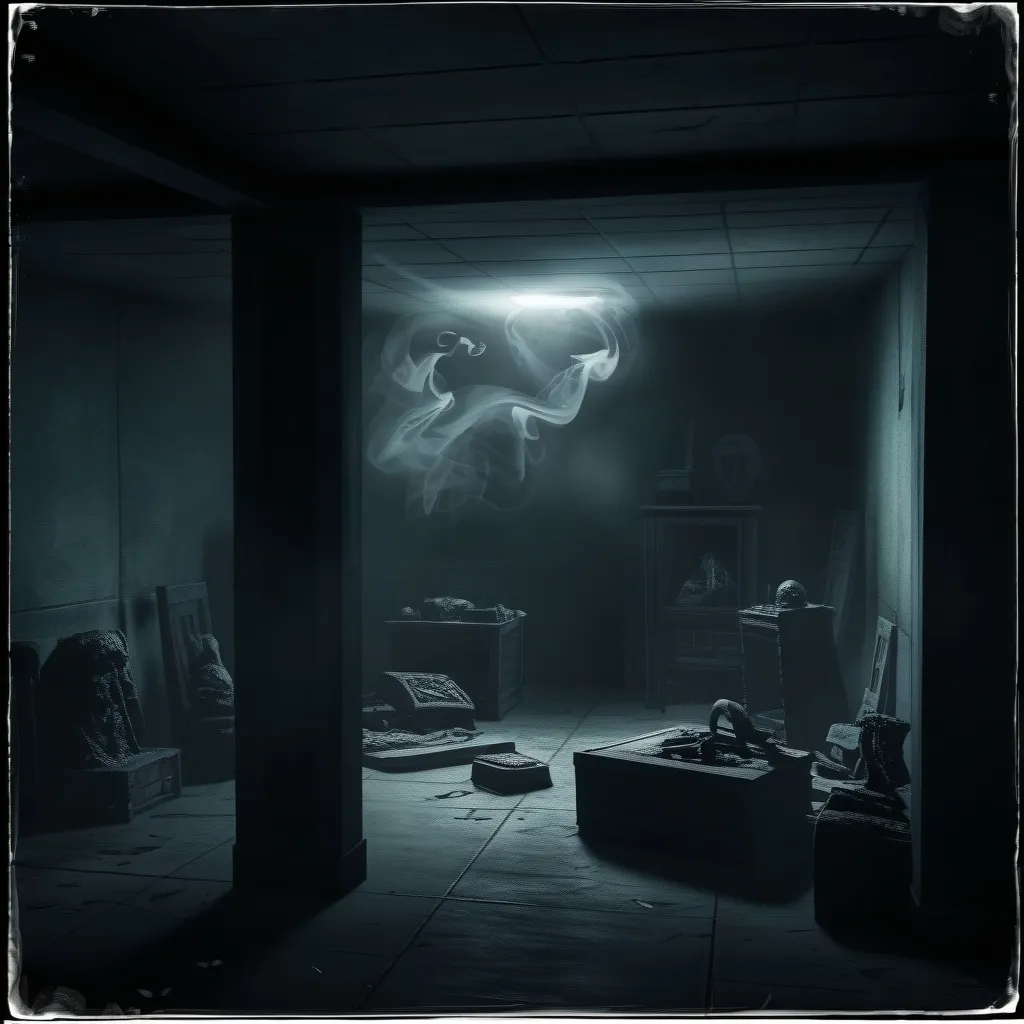In the vast and intricate landscape of our planet, there exist several geographical oddities that continue to baffle scientists and captivate the imagination of the general public. These natural wonders, often shrouded in mystery, challenge our current understanding of geology and physics, and they invite us to explore the unseen forces that shape our world.
Let’s begin with the Richat Structure, or the “Eye of the Sahara,” a gigantic circular formation in the heart of the Sahara Desert. This 40-kilometer diameter structure is so distinct that it can be seen from space, resembling a bull’s eye or target. For centuries, locals have been aware of this anomaly, but it wasn’t until the 1930s that Western geologists began to study it. Initially, it was believed to be an impact crater due to its raised outer lip and sunken center, a theory that seemed plausible given the nearby crateriform structures formed by asteroid or meteor impacts.
However, further investigations revealed a more complex and fascinating story. The Eye of the Sahara is not an impact crater but a result of volcanic magma intruding into layers of sedimentary rock, causing them to bulge upwards and form a dome. Over time, this dome was eroded by the relentless winds and sand of the Sahara, exposing different layers of rock and transforming the dome into a series of circular ridges. This natural geological feature, though it looks like an impact crater from above, is a testament to the dynamic and ever-changing nature of Earth’s surface.
Moving to the northern hemisphere, we find ourselves in Minnesota, where the Devil’s Kettle waterfall has long been a source of intrigue. Located in Judge C.R. Magney State Park, this waterfall splits into two streams; one flows conventionally into the river, while the other disappears into a dark, seemingly bottomless pit. For years, visitors have tossed various objects into this abyss, only to see them destroyed by the powerful water, leaving no clue as to where the water might flow.
The mystery was finally solved in 2017 when scientists used a vegetable-based dye to trace the water’s path. The dye, visible at incredibly low concentrations, revealed that the water does not disappear into the earth but instead rejoins the main river. Though the exact point of re-emergence remains unknown, the presence of distinct “boils” of water at the base of the falls suggests that the Devil’s Kettle empties out just below where it flows in. This discovery not only solved a long-standing mystery but also highlighted the complex hydrological processes that govern our planet’s water systems.
In Canada, there’s a place where gravity seems to defy its own rules – the Magnetic Hill of Moncton. Located at the base of Lutes Mountain, this stretch of road creates an optical illusion where cars appear to roll uphill against gravity. This phenomenon is not due to any magnetic field but rather the result of the rising and descending terrain that tricks the eye into perceiving an uphill slope as downhill.
The Magnetic Hill has become a popular tourist attraction, especially since the post-war tourism boom. It stands as a reminder that our perception of the world can be influenced by the simplest of geographical features, and sometimes what we see is not what we get.
In the arid landscape of Death Valley, another enigmatic phenomenon has captivated scientists and the public alike – the moving rocks of Racetrack Playa. Here, stones of various sizes slowly move across the dry lake bed, leaving behind trails that suggest they have been pulled by an invisible force. For years, theories ranged from strong winds to magnetic fields and even pranksters or aliens.
However, in 2011, a team of researchers attached GPS units to these rocks and observed them over time. The breakthrough came when they witnessed the rocks moving on a breezy, sunny day, propelled by thin sheets of ice formed on the surface of the playa. This “ice shove” mechanism, typically seen in arctic regions, explained how these heavy rocks could be moved by forces that were previously underestimated.
The moving rocks of Death Valley are a stark reminder of the intricate and often unexpected ways in which natural forces interact, even in the harshest of environments.
Antarctica, the frozen continent, is home to another bizarre geographical feature – the Blood Falls. Located in Taylor Glacier, this waterfall appears to flow with blood-red water, a sight that is both eerie and fascinating. The red color is not due to any living organism but rather to the presence of red iron oxide, which is released from ancient saltwater trapped within the glacier.
The Blood Falls are a window into Antarctica’s geological past, revealing the presence of ancient lakes and microbial life that once thrived in this now inhospitable environment. This phenomenon highlights the complex history of our planet and the hidden stories that glaciers and ice sheets hold.
Off the coast of Iceland lies Surtsey Island, a volcanic island that emerged from the sea in the 1960s. This island is a unique example of geological formation in real-time, offering scientists a rare opportunity to study the processes of island creation and ecosystem development from the very beginning.
Surtsey Island has been a natural laboratory for geologists and biologists, who have observed the gradual colonization of the island by plants and animals. This ongoing experiment provides invaluable insights into how life adapts and evolves in new environments, and it serves as a living testament to the dynamic nature of Earth’s surface.
Lastly, in the Hessdalen Valley of Norway, there is a phenomenon that has puzzled residents and visitors for decades – the Hessdalen Lights. These unexplained lights appear in the valley, often moving and changing color, without any discernible source. Various theories have been proposed, including electrical discharges in the atmosphere and even paranormal activity.
While the exact cause of the Hessdalen Lights remains unknown, they have become an integral part of the local folklore and a source of fascination for those who witness them. This phenomenon underscores the fact that there are still many aspects of our natural world that remain beyond our full understanding.
These geographical oddities – the Eye of the Sahara, the Devil’s Kettle, the Magnetic Hill, the moving rocks of Death Valley, the Blood Falls, Surtsey Island, and the Hessdalen Lights – each offer a unique lens through which we can view the complexities and mysteries of our planet. They remind us that Earth is a dynamic, ever-changing entity, full of secrets waiting to be uncovered.
The impact of these phenomena on local communities is multifaceted. They often become tourist attractions, bringing economic benefits and raising awareness about the natural wonders that surround us. However, they also serve as educational tools, inspiring curiosity and encouraging further scientific investigation.
In exploring these natural wonders, we are not just uncovering the secrets of specific locations; we are also reshaping our broader comprehension of Earth’s processes. Each of these oddities challenges our current understanding and invites us to think differently about the forces that shape our world.
As we continue to study and marvel at these geographical anomalies, we are reminded of the awe-inspiring complexity of our planet. They stand as testaments to the ongoing journey of scientific discovery and the endless mysteries that await us in the natural world.






